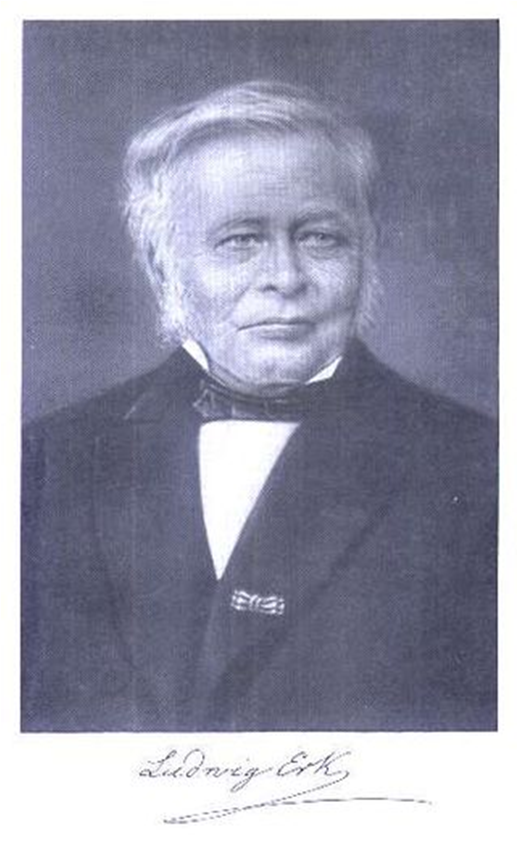The Dahlhoff's - 250 years of dance music tradition
What’s it about?
Around 1400 pages of beautiful North German folk music laying disregarded for many years in the vaults of the Staatsarchiv Preußischer Kulturbesitz Unter den Linden, Berlin, until in 2013 the collection was rediscovered by musician and folk enthusiast Simon Wascher (Vienna/Berlin), got scanned and are now available to everybody.
http://digital.staatsbibliothek-berlin.de/dms/werkansicht/?PPN=PPN719868688
Most tunes are beautiful and although genuin folk music and easy to play, the tastes of the baroque and early classical eras.


Exceptionally this is not a scientific or amateur collection but material that was obviously constantly in use - over some 150-250 years! - in the microcosm of a tiny village.


Heinrich’s son Dietrich Dahlhoff first began in 1767, three years after Heinrich‘s death, binding and organizing his father‘s and grandfather (Goswin Dahlhoff‘s) musical heritage and continuing with it.
As if hidden in a drop of amber, you find here an authentic picture of the vanished North German rural dance music of that time as it obviously was: Central European. In addition to large quantity of indigenous material there are many tunes that had clearly travelled to Dinker from far away: from France, England, Belgium and Poland, from the Alps and from Scandinavia. The ‚Hellweg‘ on which Dinker is situated used to be one oft the most important European coach roads.



 Around1840 there are proven contacts of Dahlhoff family members with Sweden, and about 100 years later there was a clear interest by Swedish musicologists, especially in the Dahlhoff polonaises. In the 19th century the family tradition is still there, but, in the spirit of the times it was shifting from folk music to classical music, compositions and organ works, as the latter attic finds of Wolgang Dahlhoff (the last living heir) show.
Around1840 there are proven contacts of Dahlhoff family members with Sweden, and about 100 years later there was a clear interest by Swedish musicologists, especially in the Dahlhoff polonaises. In the 19th century the family tradition is still there, but, in the spirit of the times it was shifting from folk music to classical music, compositions and organ works, as the latter attic finds of Wolgang Dahlhoff (the last living heir) show.
The ten early volumes somehow came into the possession of folk collector and researcher Ludwig Christian Erk. After his death a large part of his estate was given to the Staatsarchiv Berlin, and there the books have remained until today.

In the early 1930s Swedish folklorist Nils Denker (see picture) looked exclusively for the polonaises, which he copied for the Svenskt Visarkiv. Swedish musicians played them, naming their source, and German musicians pricked up their ears at hearing this and started to search for themselves.
After all, the Dahlhoff collection could shed some light on that old question of what became of our own musical heritage.
We only have to play the music!!!
Februar 2016
Michael Möllers
